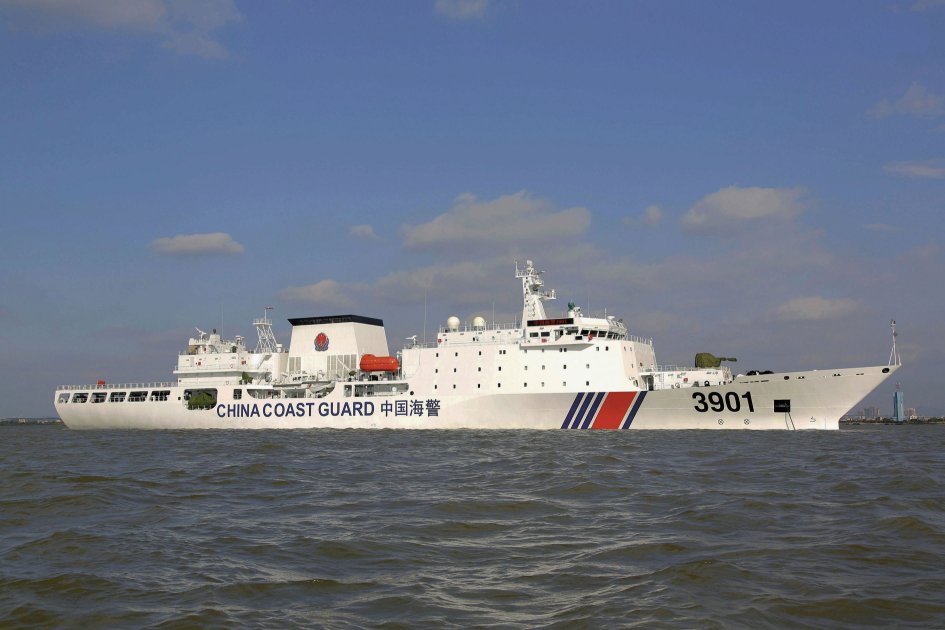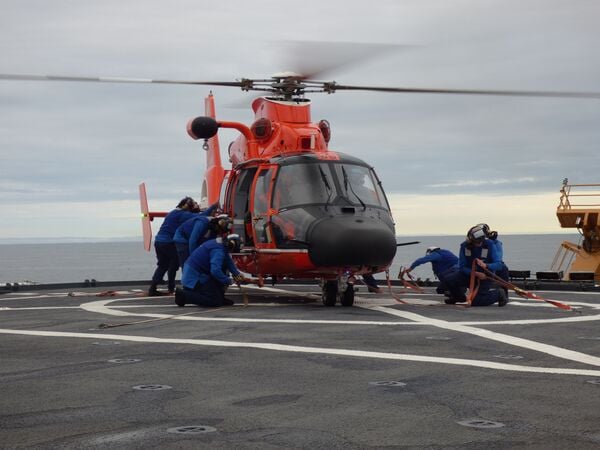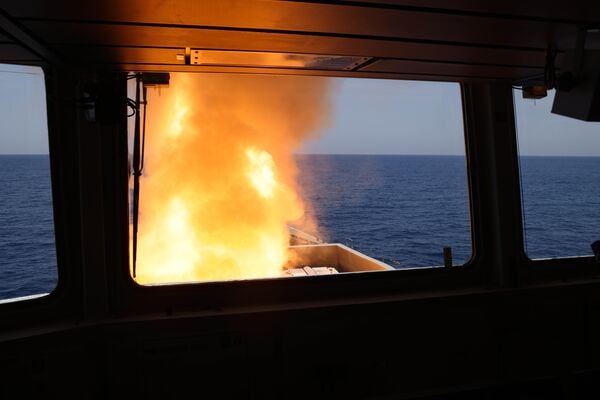- About
- Intara
- Capabilities
- Advisory
- Resources
- News
- Store
China passes law authorising China Coast Guard's use of firepower against foreign vessels
25 January 2021
by Gabriel Dominguez
Amid heightened tensions over maritime and territorial disputes in the South China Sea (SCS) Beijing has passed a law authorising the China Coast Guard’s (CCG’s) use of firepower – under certain circumstances – against foreign vessels in waters “under China’s jurisdiction”.
According to the new ‘Maritime Police Law of the People’s Republic of China’, which was adopted on 22 January by the Standing Committee of the National People's Congress, the CCG is now authorised to take “all necessary measures, including the use of weapons, when national sovereignty, sovereign rights, and jurisdiction are being illegally infringed upon by foreign organisations and individuals at sea, or are facing an imminent danger of illegal infringement”.
The new law also authorises the CCG to demolish “buildings, structures, and various fixed or floating devices” from foreign organisations and individuals located “in the sea areas and islands under our jurisdiction”, if they have been built or set up without Beijing’s permission.

Haijing 3901 , one of the 10,000 tonne Zhaotou-class cutters operated by the CCG. On 22 January China passed a law allowing the CCG to use firepower – under certain circumstances – against foreign vessels in waters “under China’s jurisdiction”. (Via http://military.cnr.cn)
MDA, Lockheed Martin seek ‘final transition' of LRDR
26 April 2024
by Carlo Munoz


An artist's concept of how Lockheed Martin's LRDR would detect ballistic missile launches from Asia. The radar completed preliminary design review in March and will go through critical design review in September 2027. (Lockheed Martin)
The Pentagon's Missile Defense Agency (MDA) and its industry counterparts at Lockheed Martin are preparing for the ‘final transition' of the long-awaited Long Range Discrimination Radar (LRDR) to the US armed forces in the Indo-Pacific region.
LRDR programme officials officially transitioned control of the S-band missile defence radar to the MDA on 23 April, according to a company statement. The handover of the system, currently stationed at Clear Space Force Station in Alaska, will allow agency officials to finalise the Operational Capability Baseline (OCB) milestone, which is the final stage before the LRDR is handed over to US Space Force (USSF) units. “Prior to this transition, the system has started space domain awareness data collects” for USSF units, the 23 April statement said.
US Coast Guard Airbus MH-65s retire from Arctic mission
26 April 2024
by Zach Rosenberg


A Kodiak-based MH-65 trains aboard the USCGC Healy in 2022. (Janes/Michael Fabey)
The last US Coast Guard (USCG) Airbus MH-65 Dolphin in Alaska retired from Air Station Kodiak on 23 April, ending the type's 36-year employment in the service's Alaska Patrol (ALPAT) role.
“For decades, the cutter and helicopter team were the core of the ALPAT mission,” said Commander James Kenshalo, a USCG MH-65 Dolphin pilot. “Together they projected force and protection to the most extreme remote regions of our nation's territories, operating beyond where help could reach.”
Air Station Kodiak operates six Sikorsky MH-60Ts and is scheduled to receive three more in 2025. The service intends to standardise its full rescue helicopter fleet on the MH-60T, which has a longer range, greater payload capacity, and commonality with other armed service fleets. Alaska is among the first regions to complete the transition because of the long ranges required to perform rescue and security missions in the region.
HMS Diamond shoots down Houthi missile in Red Sea
26 April 2024
by Kate Tringham


HMS Diamond shoots down a missile fired by Iranian-backed Houthis from Yemen over the Gulf of Aden using its Sea Viper missile system – the first time a Royal Navy warship has intercepted a missile in combat since 1991. (Royal Navy/Crown Copyright)
The UK Royal Navy's (RN's) Daring (Type 45)-class destroyer HMS Diamond (D 34) has successfully engaged an anti-ship ballistic missile (ASBM) launched by Yemen-based Ansar Allah (commonly known as Houthi) rebels targeting a merchant ship in the Gulf of Aden, the service confirmed on 25 April.
During the incident, which took place around 1151 h local time (Sanaa time) on 24 April, Diamond used its Sea Viper anti-air guided weapon system to shoot down the missile, the navy said. According to a US Central Command (CENTCOM) statement issued on 25 April, the missile was likely targeting the US-flagged, owned, and operated merchant vessel MV Yorktown, which has 18 US and four Greek crew members onboard.
No injuries or damage was sustained by the ship or its crew, CENTCOM said.
Diamond
Amid heightened tensions over maritime and territorial disputes in the South China Sea (SCS) Beijing...
Latest Podcasts
Iran Israel analysis
In this podcast Janes analysts discuss the Iranian attacks on Israel on the 14 April. They highlight the military systems used by Iran and the performance and impact of these on Israel. They also discuss the implications of this attack goi...
Listen nowJanes Case Studies
Using Janes Intara to build a common intelligence picture: Russian build up on the Ukrainian border
View Case StudyNews Categories
 Security Details
Security Details